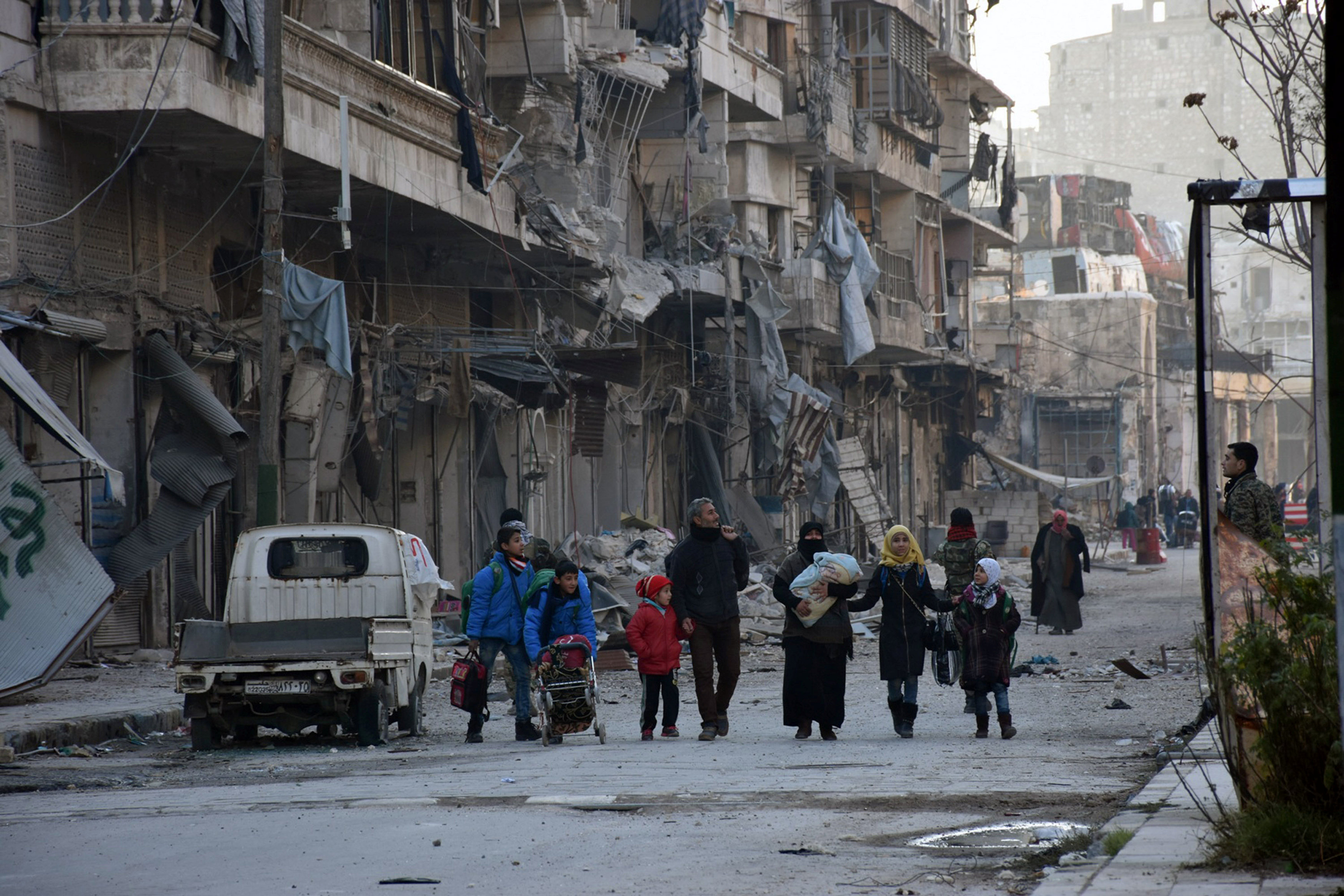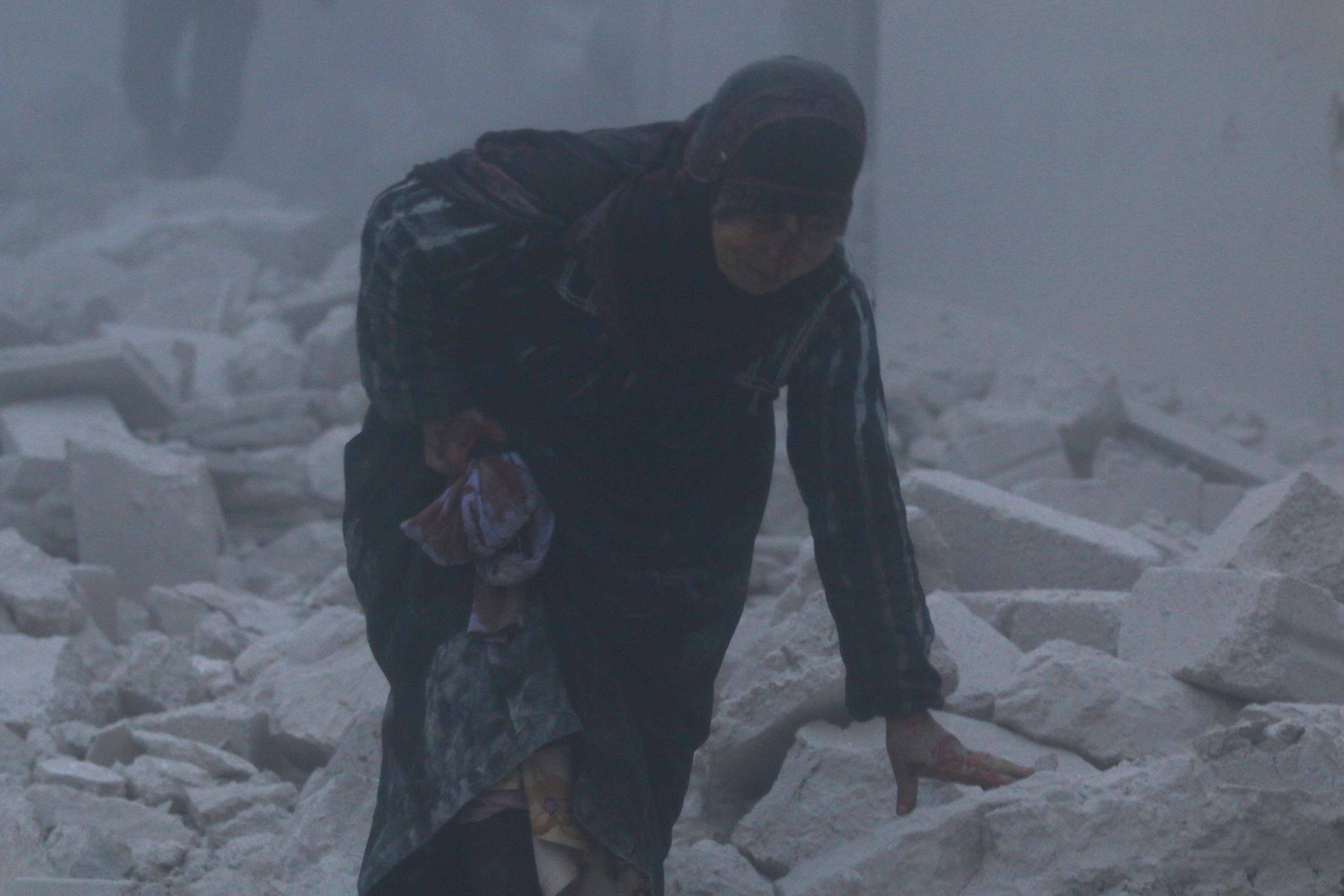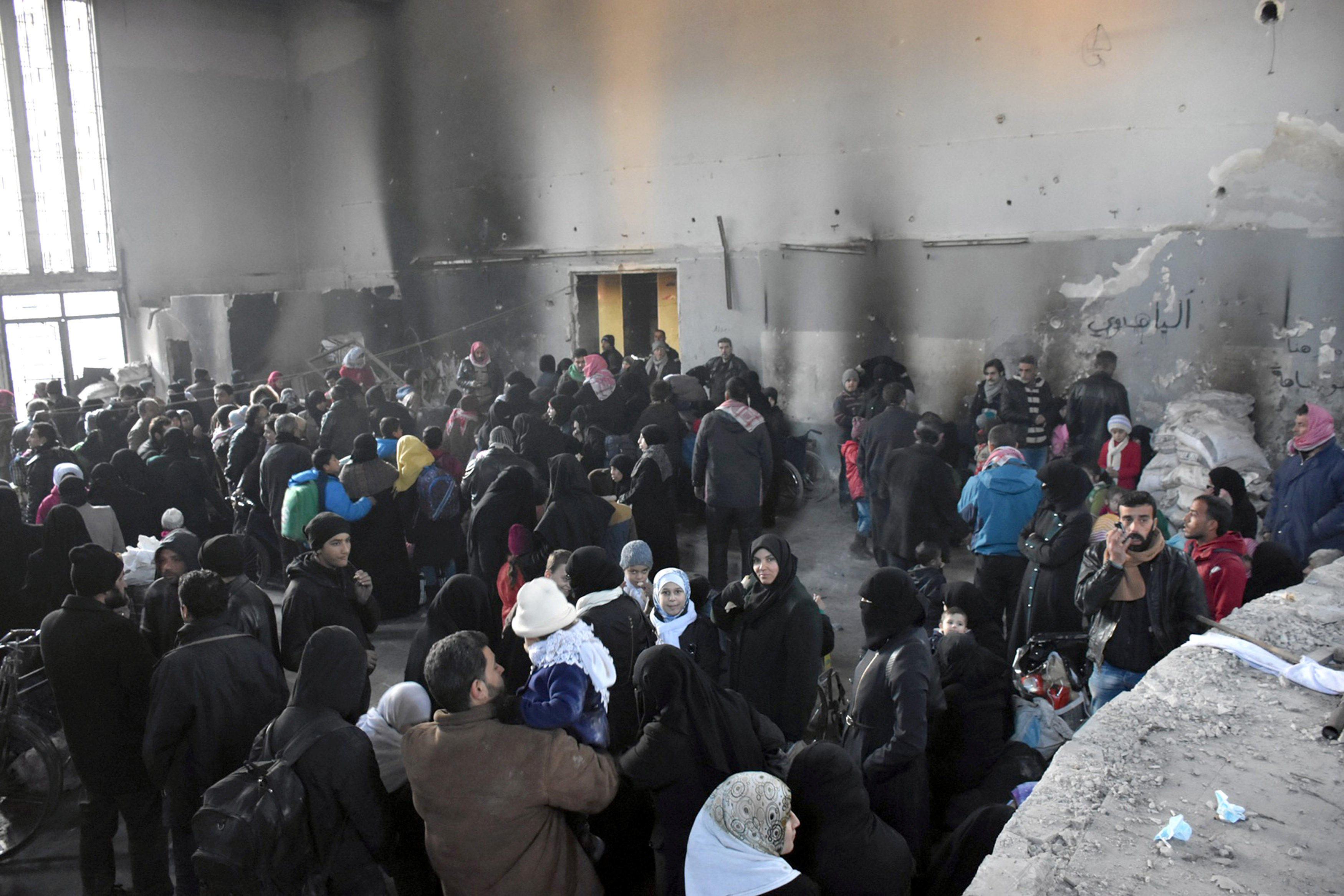
By Tom Perry
BEIRUT (Reuters) – A Syrian truce brokered by Russia and Turkey was under growing strain on Monday as rebels vowed to respond to government violations and President Bashar al-Assad said the army would retake an important rebel-held area near Damascus.
Assad, in comments to French media, also said his government was ready to negotiate on “everything” at peace talks his Russian allies hope to convene in Kazakhstan, including his own position within the framework of the Syrian constitution.
But he indicated any new constitution must be put to a referendum and it was up to Syrians to elect their president.
His opponents have insisted throughout nearly six years of civil war that he must leave power under any future peace deal. But since Russia joined the war on his side in late 2015, his government’s position on the battlefield has strengthened dramatically, giving him greater leverage now than at any time since the war’s earliest days.
The ceasefire which came into effect on Dec. 30 aims to pave the way for the new peace talks which Russia hopes to convene with Turkish and Iranian support. But no date has been set for the talks and the warring sides have accused each other of truce violations.
The Moscow-led effort to revive diplomacy, without the participation of the United States, has emerged with Assad buoyed by the defeat of rebels in Aleppo, and as ties thaw between Russia and Turkey, long one of the rebels’ main backers.
Ankara, now seemingly more worried by growing Kurdish sway in Syria than toppling Assad, supports the diplomatic push.
The latest fighting has been especially intense near Damascus where the army and allied militia are trying to capture a rebel-held area that includes the main water source supplying Damascus. It was bombed out of service more than two weeks ago.
Assad blamed truce violations on the insurgents, and said the army must “prevent terrorists from using the water to throttle the capital”. He said it was the army’s job to recapture the Wadi Barada area, which he said had been occupied by a jihadist group not covered by the ceasefire.
Rebels deny the area is in jihadist hands.
The United Nations has said 5.5 million people have had little or no running water for more than two weeks in Damascus. It blamed “deliberate targeting” for destroying the pumping station, without saying by whom. Rebels accuse the government.
Talks between the government and rebels aimed at allowing repairs to the pumping station failed at the weekend, and heavy air strikes were reported in the area on Sunday.
“WE WILL NOT REMAIN SILENT”
The spokesman for one of the rebel groups that signed the ceasefire said rebel leaders had concluded they could not continue abiding the truce in what he described as a “unilateral way”, and they would respond to attacks by the other side.
“Even if the agreement continues within what has been agreed on, they have the full right to respond to breaches wherever they are,” Mamoun Haj Musa, spokesman for the Free Syrian Army-affiliated Suqur al Sham rebel group, told Reuters.
“They will open a number of fronts perhaps in the context of responding to violations that have stretched from Deraa to Aleppo, Idlib and of course Wadi Barada,” he said.
Writing on Twitter, the head of another rebel group said rebels had agreed to the truce to spare Syrian blood. But with violence continuing, “we will not remain silent” wrote Mohamad al-Mansour, head of Jaish al-Nasr.
The rebels’ already slim prospects of removing Assad by force diminished further after he recaptured all of Aleppo with direct military support from the Russian air force and Iranian-backed militias. The city, Syria’s largest before the war, had been divided with rebels in control of the east since 2012.
President-elect Donald Trump has indicated he may cut U.S. support for the rebels, a move that would further diminish the risks to Assad, who has consolidated his rule around the major cities of western Syria and the coast.
Swathes of Syria remain out of his control, including the Islamic State-controlled eastern province of Deir al-Zor, large areas of northern Syria that have been taken over by a Kurdish militia, and pockets of rebel-held territory in the west.
Asked if the government planned to recapture the Islamic State-held city of Raqqa, Assad said it was the Syrian army’s role to liberate “every inch” of Syrian land and all Syria should be under state authority.
“But the question is related to when, and our priorities. This is a military matter linked to military planning and priorities,” he added.
The United States is backing an alliance of militias including the Kurdish YPG in a campaign aimed ultimately at recapturing Raqqa city.
TALKS CAN’T SUCCEED WITHOUT CEASEFIRE – OPPOSITION
Russia, Turkey and Iran, the three foreign powers involved in the latest peace drive, plan to divide Syria into informal zones of influence under an outline deal they reached, sources told Reuters in Moscow last month.
But such a deal would still need buy-in from Assad, his opponents and, eventually, the Gulf states and Washington.
Rebel groups fighting under the “Free Syrian Army” banner have already frozen any discussion of their possible participation in the Astana talks.
The Syrian government dismisses opposition groups backed by Assad’s enemies as foreign creations. In his comments to the French media, Assad asked “Who will be (in Astana) from the other side? We do not yet know. Will it be a real Syrian opposition?”
Dismissing groups he said were backed by Saudi Arabia, France and Britain, Assad said discussion of “Syrian issues” must be by Syrian groups. The main Syrian opposition umbrella group, the High Negotiations Committee, is backed by Riyadh.
HNC member Riad Nassan Agha said he had not heard of anyone being invited to the Astana talks yet.
“Syrians do not yet feel that there is a ceasefire. The battles are continuing: the attack on Wadi Barada, on (rural) western Aleppo, on Idlib, on the Ghouta (suburban area near) Damascus, Deraa,” he said.
Astana “cannot succeed unless the ceasefire is implemented”, he said.
(Additional reporting by Suleiman al-Khalidi in Amman; Writing by Tom Perry; Editing by Andrew Heavens, Toby Chopra and Peter Graff)














